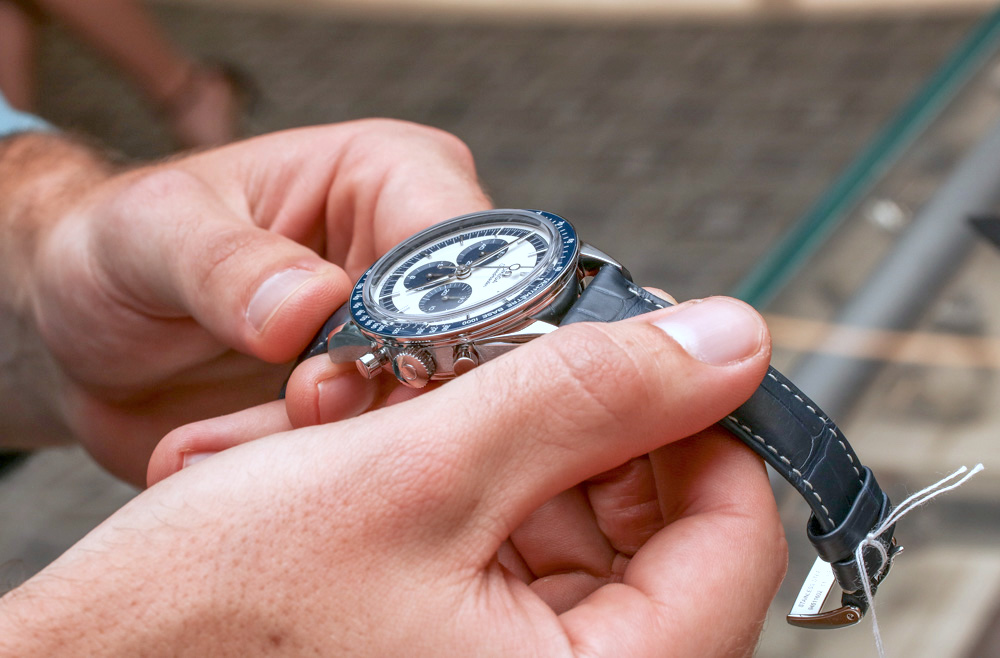At peer-to-peer lender platform Unbolted, we know that many people who are strapped for cash may be unwittingly sitting on high-value possessions. It may upset you to find that you might, according to recent research from insurance company Direct Line, be amongst the one in six of us who have, in our zeal to declutter and tidy up, inadvertently parted with a high-value item by giving it away to charity shops, friends or jumble sales. Discovering that you’ve given away something that could have cleared your debts or paid for your next holiday, a new kitchen, or financed a new business project isn’t the best way of achieving peace of mind.
That same study (aptly titled “Hidden Wealth”) found that 43 percent of Brits own vintage antiques and other treasures, but nearly half of these people haven’t got a clue as to what their items are really worth. Some don’t even know that they have a treasure in their possession – for example, a pretty painting picked up for £1 at a car boot sale. If it happens to be an original but perhaps forgotten work of an established artist, it could be worth a fortune.
We’d like to encourage you to take a more discerning look at the stuff in your loft that you’ve designated “junk/clutter.” Comb through it – much of it might be just as you’ve labelled it, but you might be in for some welcome surprises. Amongst the unwitting high-value donations identified in the Direct Line study were rare vinyl records, first-edition books, sports and pop memorabilia, ornaments and jewellery – all of which are presently highly sought-after by collectors, who may be prepared to pay you thousands, sometimes hundreds of thousands, should you decide to sell.
You might think that your deceased grandmother’s little stash of jewellery is just coloured glass. However, the untrained eye typically finds it difficult to notice the difference between real stones and worthless replicas, so it’s definitely worth getting your gems assessed before you consider giving them away.
Have you come across an old painting in your aunt’s loft during house clearance after she passed away? Look at the artist’s name, and check if it’s on the Artist’s Register. Antiques expert Drew Pritchard recently told House Beautiful magazine: “If your parents or grandparents are in their late 80s, they will have been buying things in the 1960s. The chance of finding an Old Master is slim – look for good quality prints from a name such as Biba.”
Here’s an example of hidden value you might never have considered before: whereas the Victorian era inaugurated low-cost mass produced items, the Georgian era was characterised by one-off, bespoke creations – much rarer and therefore much more valuable. Anything from Georgian shawls, footwear ornaments, tableware, furniture and artwork could fetch a very high price tag.
If you’ve got some pressing borrowing needs, our expert valuation partners at p2p lender platform Unbolted will be able to tell you quickly whether that old necklace, watch or painting languishing in your loft is valuable. If it is, you’ll be eligible for one of our unique, low-interest secured asset loans.
Moral of the story? If you have doubts that an item is “junk” and think that it might actually be worth collateralising as security for a loan, come to Unbolted.



 WhatsApp Us
WhatsApp Us


